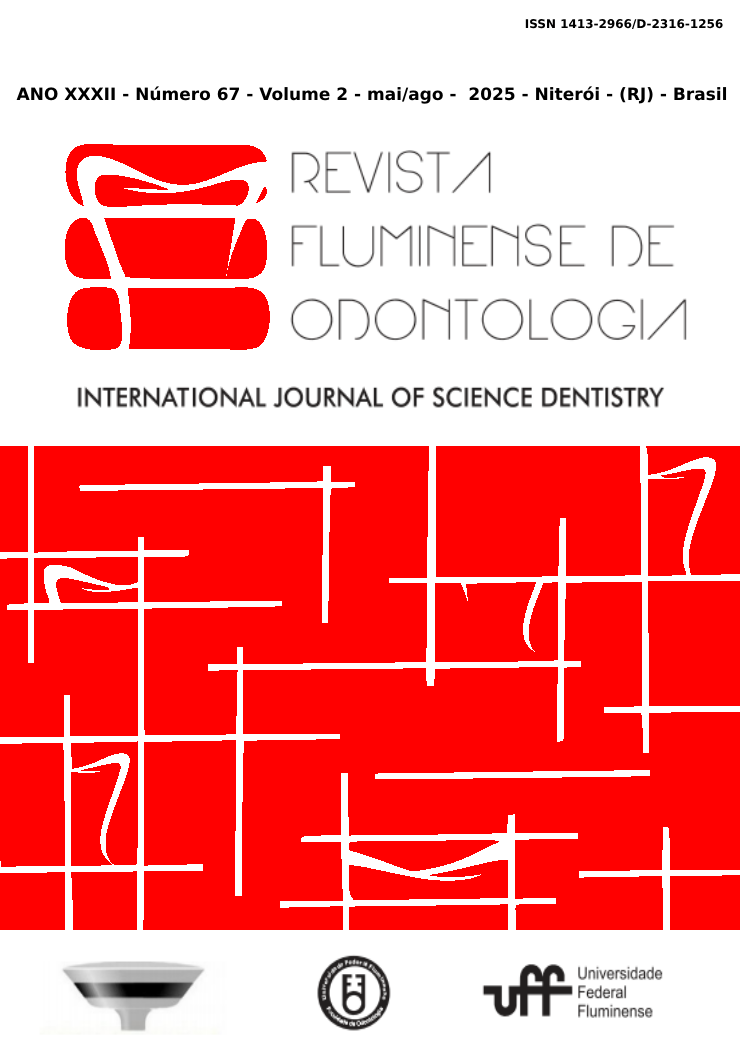DIMORFISMO SEXUAL MANDIBULAR DA POPULAÇÃO PORTUGUESA - PREDIÇÃO DO GÊNERO PARA ANÁLISE FORENSE: UM ESTUDO PILOTO
DOI:
https://doi.org/10.22409/ijosd.v2i67.62521Resumo
Este estudo teve como objetivo avaliar o dimorfismo sexual em uma coleção de mandíbulas portuguesas através de uma metodologia métrica digital, utilizando análise estatística descritiva, inferencial e multivariada para identificar quais parâmetros são mais dimórficos e quais são os melhores preditores de sexo. Trinta e três mandíbulas (14 mulheres e 19 homens) e pertences pessoais foram fotograficamente registrados com código e sexo. Os dados foram coletados por tomografia e as medidas foram feitas pelo software Simplant Pro. Foram registrados a largura máxima e mínima do ramo mandibular, altura condilar, altura do processo coronoide, altura da sínfise mandibular, ângulo mandibular, distâncias bimentual, biantegonial, bigonial e bicondilar e comprimento máximo mandibular. A análise estatística foi realizada utilizando IBM® SPSS. Os resultados mostraram diferenças estatisticamente significativas para os seguintes parâmetros: altura do processo coronoide, altura do côndilo, comprimento máximo da mandíbula e largura mínima do ramo mandibular. Na análise estatística multivariada foi possível identificar a altura do processo coronoide como melhor preditor de sexo com precisão em 72,2% dos casos. Isto permite uma diferenciação mais fácil entre mandíbulas femininas e masculinas com uma precisão de 64,3% e 78,9%, respectivamente. Foi possível concluir que a altura do processo coronoide é o parâmetro mais dimórfico e o melhor preditor de sexo na amostra.
Palavras-chave: Mandíbula; Dimorfismo sexual; Tomografia Computadorizada de Feixe Cônico; Perfil biológico; Diagnóstico forense.


